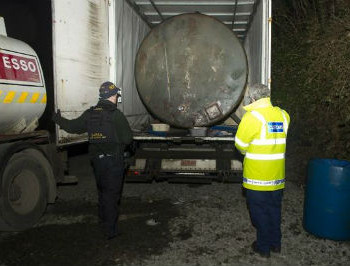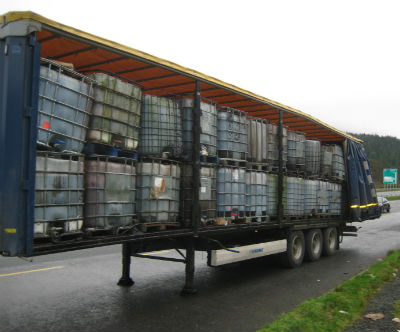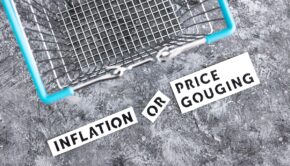Managing the border area

Sean Kelleher is a manager with Revenue’s Customs Service within the enforcement and prosecution division. He highlights how new legislation is helping to uncover greater incidences of illegal trading
5 December 2013
The critical issue around the border tends to be in relation to fuel. The criminals in this area have a history. They know the border area well and know how to make their money. There are maybe 10 or 12 main gangs that continue to launder fuel both north and south of the border. The country is being robbed and the taxpayer is being charged the added expense of cleaning up their toxic waste.
The problem
Intersecting these criminals is not a simple process and it requires gathering intelligence, surveillance and time. Sean Kelleher explains: "These criminals don’t clock in at nine and clock out at five. We need to figure out the pattern, establish what they are doing and how many are involved. It can’t be done on a whim. It involves covert surveillance, in isolated areas and in dangerous terrain. If these people get spooked at all they’ll just stop, walk away and leave the laundry. Then maybe in three, four months or longer, they’ll go back to it. We have spent a lot of time on particular laundries and suddenly they walk away."
Many of these criminals have been working in organised gangs for many years and know the system inside out. They cover up the fuel laundering by setting up companies or buffer traders. Sometimes they buy distressed companies to show them as the purchasers of the fuel, when often these companies are not in business at all. It is all part of the scam to cover their tracks. Laundering fuel can take place quickly. You can turn 20,000 litres in four hours. That fuel can be laundered during the night and be halfway down the country first thing in the morning.
Managing the border area
Many of these criminals have been working in organised gangs for many years and know the system inside out. "If we take down a laundry up here they will just move it somewhere else, normally north of the border," says Kelleher. "If they are caught up in the north they’ll move down here. It’s a difficult area to police."
There are a number of stations in control of these criminal gangs. These are either leased out, owned by criminals or brought under control through various insidious methods. Such stations are then used to sell their product. They may even have a logo of a legitimate distributor but that doesn’t mean necessarily they are distributing legitimate fuel.

Waste products found at a fuel laundering site
New regulation – is it working
So far this year there has been a decline in the number of laundries uncovered. In 2011, nine fuel laundries were uncovered, in 2012, there were 11 laundries uncovered and so far in 2013 they have uncovered seven. Across the border, in the North, 25 fuel laundries have been uncovered so far this year.
Sean Kelleher is confident the new legislation introduced in January is working.
"It is compressing the launderers a lot. All the people that are involved in the trade must submit a Monthly Return of Oil form (ROM1) every month. We are giving these monthly returns a great deal of analysis and identifying the loop holes and the scams. If you buy 36,000 litres of green diesel you have to account for it."
This legislation has started to put the "small-fry" illegal operators out of business. The introduction of a traceability scheme provides the opportunity for Revenue to have full visibility of fuel purchases and sales in the country.



 Print
Print






Fans 0
Followers